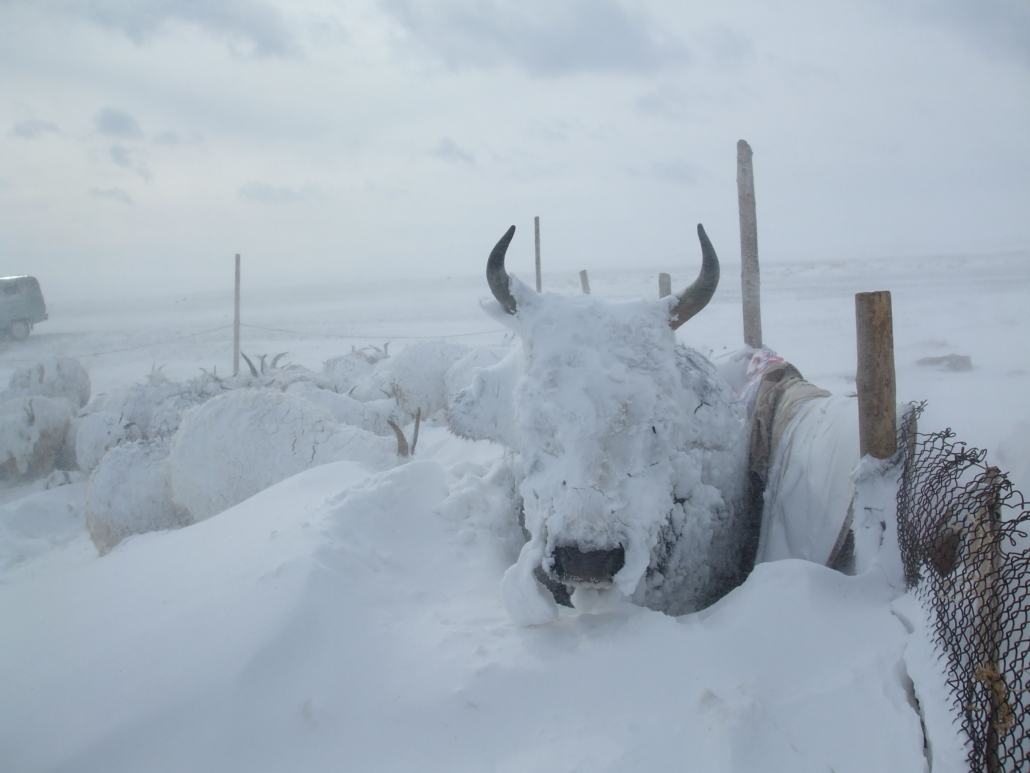Environmental Poverty in Mongolia: Impacts on Nomadic Life

The biosphere is rapidly deteriorating and nomadic life in Mongolia is paying a high price. Those who lose their livestock to severe weather conditions also lose their main source of revenue and safety. Many abandon their farms to pursue a life in the cities, where other calamities await. Today, the situation of environmental poverty in Mongolia has grown direr than ever.
The Problem of Landowners
Mongolia’s abrupt transition from a Soviet satellite state into a free market economy left little room for nomads to enjoy fiscal mobility. Shortly after lands were privatized, opportunists secured farmlands and promptly overexploited them. These elites would excessively hoard horses, sheep and yak, who would subsequently mow the grounds down to bare land. Nomads, who had lived as if the land was shared and had known how to properly cultivate and harvest from their farms, were left in the dust. Today, 80% of the country’s livestock belongs to the richest 20% of owners.
The agricultural inexperience of many of these owners came at environmental and economic costs. “Herding is a skill that you learn over a lifetime,” says Dr. Timothy May, professor in Eurasian Studies at the University of North Georgia. “Being a nomad looks like you’re just raising animals and the animals know what to do, but you have to know how to manage the animals. What would work with their pastures and so forth.”
Natural Catastrophes
Overfarming and other sorts of extraction, such as mining, have grown into large-scale issues like pollution and public health conditions. Gers, tent-like structures that serve as portable houses, are often heated by burning raw coal and cheap minerals. Particulate air matter or dust particles clog the air and damage respiratory systems. As a result, pneumonia is currently the leading cause of death in the country.
Possibly the most devastating climate crisis, however, is the largest determinant of nomadic poverty. Dzuds are various natural catastrophes specific to Mongolia’s shifts in weather and are only growing in size and severity. Of the five types of dzuds, the most commonly known is a tsaagan dzud. During these, a layer of ice or snow blocks animals from reaching food or water, leaving them to die in mass groups. In 2010, 20% of the country’s animals were wiped out as a result. This year, many experts are suggesting the risk of a dzud is unnervingly high.
Environmental Poverty on the Rise
With each environmental change, nomads are increasingly vulnerable to the clutches of poverty. Cities like Ulaanbaatar are already saturated with public health concerns like food insecurity and urban populations are still growing. Maternal mortality and water scarcity are further complicating the issue.
Not all hope is lost, however. Dr. May suggests that by empowering skilled nomads, they could start to untangle the economic and environmental damages. “Nomadic lifestyle is better not only for the animals but the quality of the product, there is an industry that can be there,” he says, “because there’s plenty of money to be made with the nomadic life….They can feed the country — they can be self-sufficient, and with plenty to export.” These recommendations, among other solutions, are important to addressing the cycle of environmental poverty in Mongolia.
– Danielle Han
Photo: Flickr
